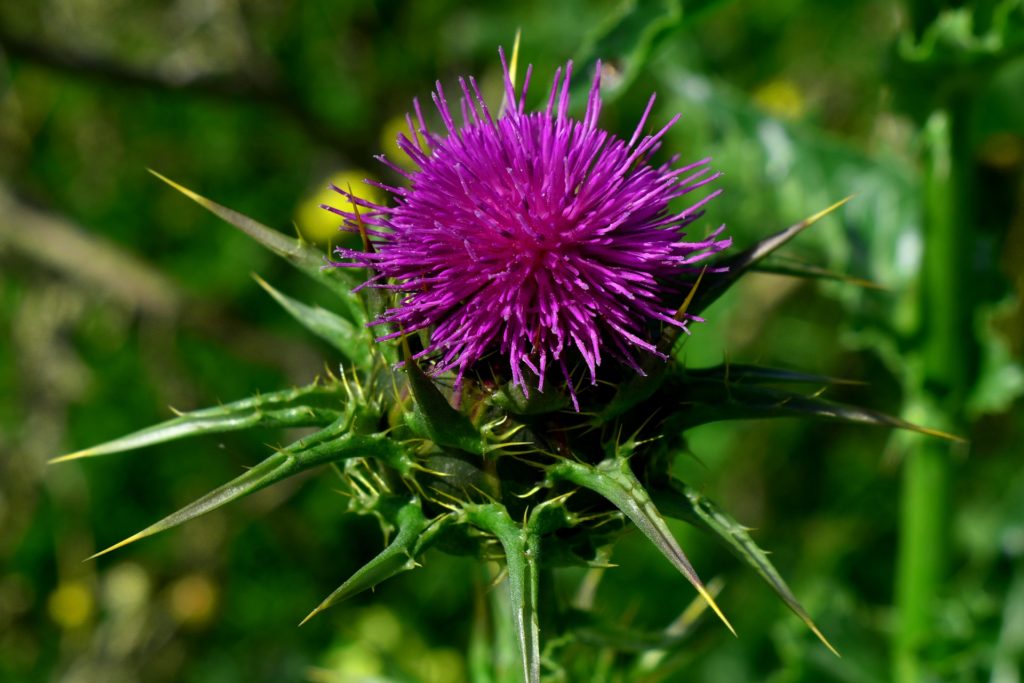When was the last time you enthusiastically chose to eat something bitter?
Bitter foods are hard to ignore when they’re on your plate. At the most basic level, bitter foods taste bad to us.
But there’s a beauty in the sharp, distinct tingle you feel on your tongue when you taste something bitter. The bitter flavor, in fact, can showcase, enhance, and allow you to enjoy other flavors.
And, as an added bonus, bitter foods offer a wealth of healing properties for our bodies!
The Science Behind Bitter
Humans have evolved to rely on bitter foods. Their intense flavor profile acts as an alarm clock to our entire digestive system!
This alerting happens because many wild plants are inherently bitter, even at their ripest point! Our bodies are programmed to expect a meal when we first interact with something bitter.
It starts in our mouths with our salivary enzymes sending signals to the rest of our gastrointestinal tract. These signals prime the parietal cells in our stomach to produce more hydrochloric acid (HCl) and our pancreas to produce more digestive enzymes. Our liver and gallbladder even hear the call and begin to secrete more bile!
Basically, our entire gastrointestinal system begins to work a little better with bitter in the mix.
Knowing this, many cultures include bitter foods in their most revered celebrations!
In India you can find bitter melon chutney as an accompaniment to meals. In China, you’ll find bitter herbs to cleanse the internal organs. In Venezuela, you’ll find the well-known Angostura bark, where our beloved Angostura Cocktail Bitters get their bite!
In all cases, bitters are celebratory. They wake-up meals as well as help with the uncomfortable consequences of overindulgence. Bitter tinctures and bitter foods have been used to treat heartburn, indigestion, bloating, stomach upset, and more!
Even today, we as health practitioners encourage the medicinal use of bitter herbs and plants. Milk Thistle, a commonly known bitter herb, is often used in the treatment of hepatitis, liver cancer, cirrhosis, and even drug or alcohol toxicity.

Bringing Bitter Back
If you’re ready to expand your palate, enliven your meals, supercharge your health, and break free from the wheat-corn-soy monotony of modern agriculture, then bitter foods are a great starting point.
One of the most approachable ways to begin reacquainting yourself with bitter will be through pre-made bitter tinctures, often called digestive bitters (one of my favorites is Urban Moonshine!). Digestive bitters are distilled-down, concentrated blends of different bitter herbs and plants.
Often a master herbalist will create blends with specific health conditions in mind, such as digestion, detoxification, blood sugar control, and so forth. You can readily find these digestive bitters in health food stores and online.
To use them, take the tincture as directed, usually around 1/4 tsp, and hold it in your mouth prior to a meal, until you start to salivate. This is when your enzymes are waking up and should take around ten to twenty seconds. Then swallow and begin your meal. Bitter tinctures can also be taken after a meal to support digestion.
For the more adventurous, I challenge you to begin to incorporate bitter foods into your cooking!
Many of our darkest leafy greens, like Swiss chard and kale, have bitter properties. You can also try lesser-known greens such as endive, radicchio, rapini, chicory, and dandelion greens.
You can also try including other bitter foods such as bitter melon (try it in a stir fry!), Jerusalem artichokes, citrus rinds (yes, they’re edible too!), and pure (100%) dark chocolate.
Ideally, you should be incorporating something bitter into every meal! This will allow you to balance flavor profiles, as well as health benefits.
However, if that feels like too much of an ask, you can start with one meal. Can you incorporate a handful of bitter greens into your salad greens or zest some 100% dark chocolate on top of your dessert?
Have fun experimenting with the bitter flavor profile and find your best balance point. There’s no wrong way to use these foods! After all, they’re going to cause you to salivate more, and we all know that a watering mouth means a fabulous meal is about to happen!

I <3 bitters!